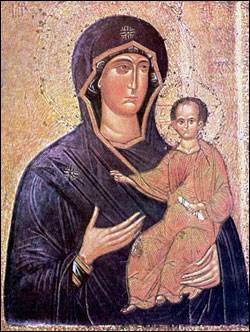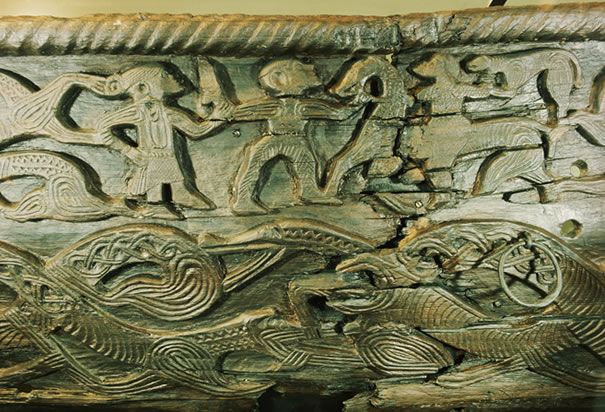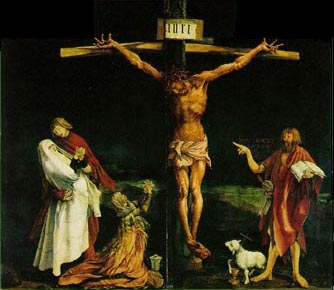Yes.
However, a question can be asked: would a difference in temperament, Nordic vs Mediterranean explain the very adoption of both literacy and Protestantism? After all, it is not like the Spaniards or the Greeks could not figure out the ideas of the Reformers; there was something that made then not like them instinctively. Likewise:

Smolensk Mother of God
I look at this, and I do not need to read anything about it. It is sufficient, complete, and configures my soul onto Christ all by itself. If someone wanted to explain the icon to me, I would not be receptive to it. I may be curious -- I in fact enjoy studying iconography and can be quite pedantic about it, but it would not feel necessary; I get the icon just by looking at it. That is a "hot" temperament, at least as far as it is applied to iconodoulia (I am otherwise a very calm "Nordic" man).
"I get the icon just by looking at it." You've been trained in Christian iconography...so, just like a native English reader, you would glean all sorts of information from a road sign written in English, but the identical sign written in Hangul...not so much.
I'm sure I visualize that icon in much the same way you do. It clearly speaks of Christ born of the Virgin, the presence of the Divine as well as the simple human tenderness inherent in the mother and child relationship. To one devoid of that visual vocabulary, it's a giant woman, holding a small balding man with plates behind their heads.
While you and I 'get' and appreciate the faith based context and content, the human tenderness and pathos is equally present in a secular rendering of Picasso's Mother and Child:

The 'nordics', using the term loosely for northern Europeans, had rich visual traditions, predating Christianity, albeit in many cases, more abstract than representative. Take for example this Viking carving...

Even into the Christian era, northern art while cruder, was often wonderfully expressive with extreme pathos:

Curiously, with the reformation, press, and northern Renaissance, even northern Catholic artists continued with the more emotional, mystical subject matter. Grunewald painted this roughly contemporaneous to Luther's 95 Theses:

Subsequently, northern art became increasingly secularized, mundane and worldly in its subject matter. My contention therefore is it's not particularly anything inherent in the climate, genetics, language, etc., as in the pre-Christian and pre-reformation eras, northern artists were fully willing and capable of highly expressive, spiritual subject matter. Something shifted in their choice of subject matter and the manner in which they chose to portray it, and that something was roughly contemporaneous to the advent of protestantism and widespread dissemination of the printed word.
I would contend that as literacy spread, predominantly in the north, holy imagery became less and less an integral and essential element of religious instruction in some areas with a resulting de-emphasis on them. In other areas, where literacy grew less rapidly, the tradition remained essential, and became increasingly ingrained as a fundamental aspect of religious instruction, understanding, and ritual.



